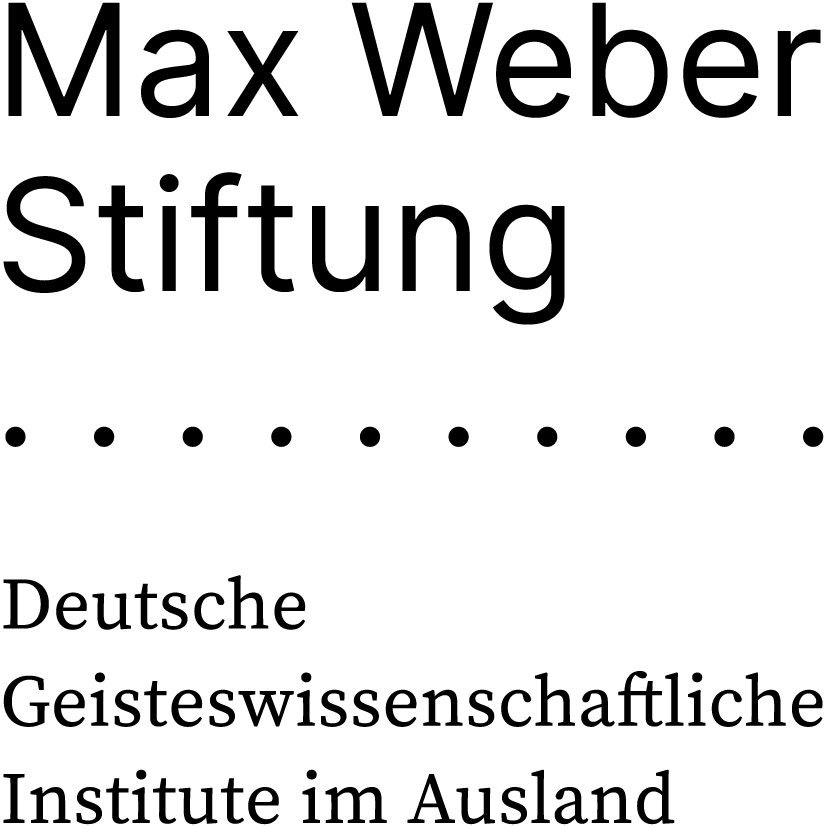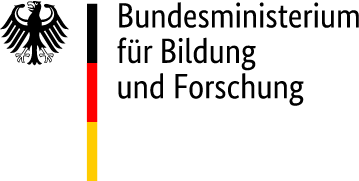Defending the fragile fin de siècle French Republic was a cause that was not only taken up by male intellectuals. In her insightful book, Mélanie Fabre shows how the Dreyfus affair turned many in the new female educational elite into intellectuelles who joined the republican and secularist struggle – and how en route they became feminists. This is an important contribution and corrective to historiography: While the cause célèbre of the wrongfully accused Jewish military captain Alfred Dreyfus is well known in literature for being foundational in the genesis of the figure of the intellectual, the story has so far been told in exclusively male terms. That historian Gérard Noriel has spoken about the »enraged sons of the republic« illustrates this well.1 Fabre shows forcefully how lopsided this label and the previous historiography are from a women’s and gender history perspective.
In the face of virulent antisemitism and nationalism, the protagonists of Fabre’s story wanted to save the republic from its chiefly Catholic opponents by secularizing and strengthening the public education system as well as complementing it with initiatives besides and beyond school. The book’s title speaks to this ambition: »Hussardes noires« refers to the nickname for the stern male militants of secularism (laicité) who taught the future teachers and wore a black uniform. It is in line with Fabre’s aim of nuancing the hitherto mainly androcentric view on both the history of the secular school and the Dreyfus affair. She does so by zooming in closely on a handful of figures selected among a generation of women educators who have, for the most part, not been studied at all. Fabre follows a micro-historical approach. Analyzing the school at the level of its unruly female employees works well because the author draws on rich and varied source material consisting notably of personnel files kept by the educational authorities, the press, and personal papers.
Of the main characters, only Pauline Kergomard (1838–1925) was already known historiographically for being the grand dame of the French version of kindergarten (écoles maternelles). With Marie Baertschi (1868–1942), Albertine Eidenschenk (1864–1942), and Jeanne Desparmet-Ruello (1847–1937), the author has unearthed intriguing educators and feminists. They achieved prominence and institutional influence both because of and despite their willingness to challenge the status quo. Fabre not only situates her actors in the struggle around secularism and girls and popular education during the belle époque. In the book’s prologue and epilogue, the reader also learns about the lives in question before and after the main period examined. Her protagonists are, the author asserts, exceptional figures, yet also representatives of a female intellectual elite that emerged at the turn of the century.
Fabre starts her book by exploring how the Dreyfus affair made the protagonists give up their status as »model students« (bonne élève) which had let them establish themselves in the educational facilities for girls and women born of the extensive school reforms of the early 1880s. As dreyfusardes they wanted schools to defend republican values and critically discuss current events with students and thus came into conflict with the Ministry of Education. Authorities felt schools had to be »neutral« and demanded that (women) teachers respect a »duty of reserve«. Unimpressed, the hussardes took their struggle beyond the classroom and the (feminist) press. Breaching an important gender taboo they became truly public figures by taking to the lectern at pedagogical congresses and in the popular education movement. Leveraging their »gender capital«, as Fabre puts it, they articulated a feminine expertise on a range of educational topics such as coeducation or women’s academic opportunities as well as the promotion of peace through schools.
The book ends with an account of how the growing body of female educational professionals collectively promoted their material and symbolic interests: Fabre examines the effort of getting women elected to the illustrious Conseil supérieur de l’instruction publique (the top expert body advising the government on educational questions) and the drawn-out campaign for equal salaries for women teachers. The women involved came to understand that it was mainly due to their status as second-class citizens that the struggle for equal pay did not succeed. In the years right before World War I, this meant that many evolved into suffragettes.
This last point raises a weakness: While Fabre introduces many other hussardes, she neglects to truly contextualize her main characters in the wider women’s movement of the time and in the longer history of feminism. For example, no mention is made of the important nexus between women’s education and the struggle for female citizenship and rights since the age of the Atlantic revolutions or the ideological role of maternalism herein.2 Drawing on the rich scholarship on important suffragettes in the Third Republic like Hubertine Auclert or on the Saint-Simonian proletarian feminists of the 1830s and 1840s would have allowed Fabre to historicize her protagonists more fully.3 This would have helped to spell out more clearly still how specifically Kergomard and her colleagues grappled with the constitutive contradictions of liberal individualism and thus what form their feminism as a »complex historical practice« took.4
Yet, the book achieves a lot as is. It presents a nuanced narrative of how the school reforms of the 1880s laid the ground for the emergence of female intellectuals. The author is careful to stress that there was no automatism. She notes that the famed legislation under Minister of Education Jules Ferry intended to bring down the influence of the clergy – and not at all to bring about female (or working-class) emancipation. In their fight against the Catholic church, male republicans carved out a limited space for women and girls in public education. It was up to the women themselves to force those spaces open further and use them as a feminist springboard to enter the public sphere. Given what Fabre identifies as the »pedagogical optimism« of her protagonists, it would be fruitful to bring her book (and other studies at the intersection of education and social movement history) in dialogue with Jacques Rancière’s »ignorant schoolmaster« Joseph Jacotot (1770–1840) and their unorthodox, anti-pedagogical theses on intellectual emancipation.5
All in all, Fabre convincingly tells the paradoxical story of a group of women who were at the forefront of defending the embattled Third French Republic – that is: a political system which was built as much on female subordination and exclusion as on universalist discourse. By subversively taking republican discourse at its word and by making audacious use of their newly acquired educational and professional opportunities, the hussardes helped undermine the intellectual and political exclusion of (middle- and upper-class) French women. Their faith in the national creed, Fabre explains, turned these women into feminists after they had been republicans and militant secularists first.
Zitationsempfehlung/Pour citer cet article:
Jonathan Pärli, Rezension von/compte rendu de: Mélanie Fabre, Hussardes noires: Des enseignantes à l’avant-garde des luttes. De l’affaire Dreyfus à la Grande Guerre, Marseille (Agone) 2024, 432 p. (Mémoires sociales), ISBN 978-2-7489-0549-6, EUR 23,00., in: Francia-Recensio 2025/2, 19.–21. Jahrhundert – Histoire contemporaine, DOI: https://doi.org/10.11588/frrec.2025.2.110918








